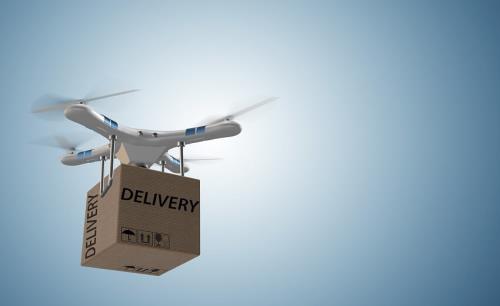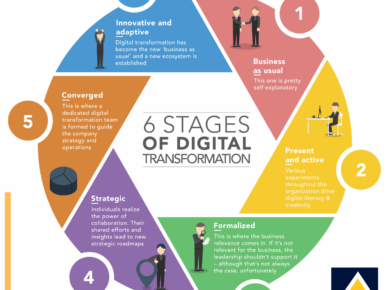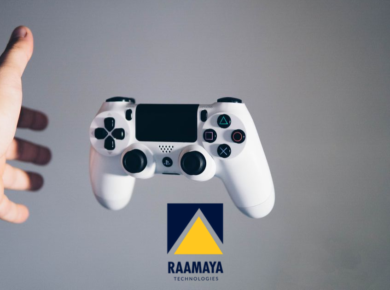The last year has been a testimony to the impact of technology on care outcomes and patient experiences. Medical science is relying heavily on groundbreaking innovations that can result in saving lives all across the world. In the times of home quarantines, work from home, and lockdowns; technology has impacted us in how we work, how we learn, how we eat, how we move, and even how we entertain ourselves.
The listicle talks about the technology trends that have helped us recover, learn and more importantly survive this year.
- Contactless deliveries: While digital payments have been celebrating their existence anniversaries for many years now, contactless deliveries have changed the game a little more. The constant touching of the currency notes is a pandemic-friendly way of spreading the virus. More and more companies are opting for digital payment platforms and e-wallets to curb the spread of the pandemic.

2. Remote Working: Who would have thought that 2-hour long morning meetings can be wrapped up in 20 minutes over a video call. With virtual private networks (VPNs), voice over internet protocols (VoIPs), virtual meetings, cloud technology, work collaboration tools, and even facial recognition technologies, the world is progressing towards a flexible working culture.

3. Drones and Robots: Lack of human contact has made it extremely difficult for industries like retail and hospitality to progress and exist in this pandemic. Drone technology has facilitated the delivery of medicines and food while robots made sure the patients are taken care of in the hospitals. With more advancements in this vertical, further curb in the covid cases can be expected.

4. Entertainment: Watching an online concert of your favorite boy band with your BFF, or visiting a national museum through a virtual tour, online entertainment has defined innovation when we speak of entertainment. The online underground gaming culture keeps adding more to this wide vertical.

5. Distance Learning: COVID-19 has resulted in schools shutting all across the world. Globally, over 1.2 billion children are out of the classroom. It is only because of virtual reality, augmented reality, 3D printing, artificial-intelligence-enabled robot teachers, and of course a strong internet connection that education is back on its feet. With distance learning, students are continuing to pursue their advanced studies and professional courses.

Till the time humankind continues to use technology to its advantage, we will be able to defend the health and peace of this world.
Stay safe.
Stay home.






